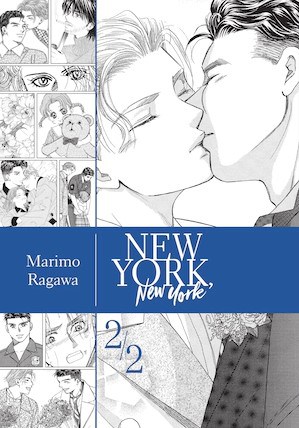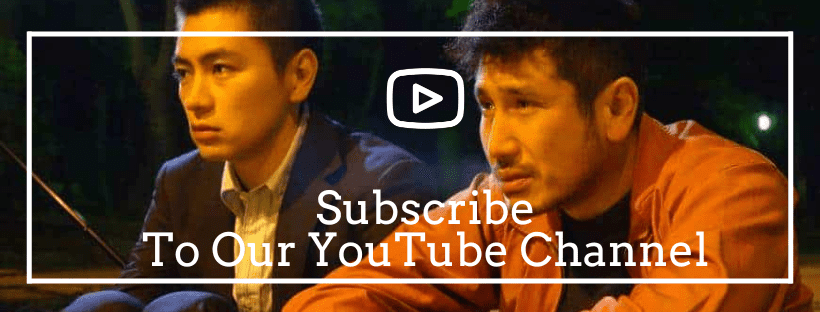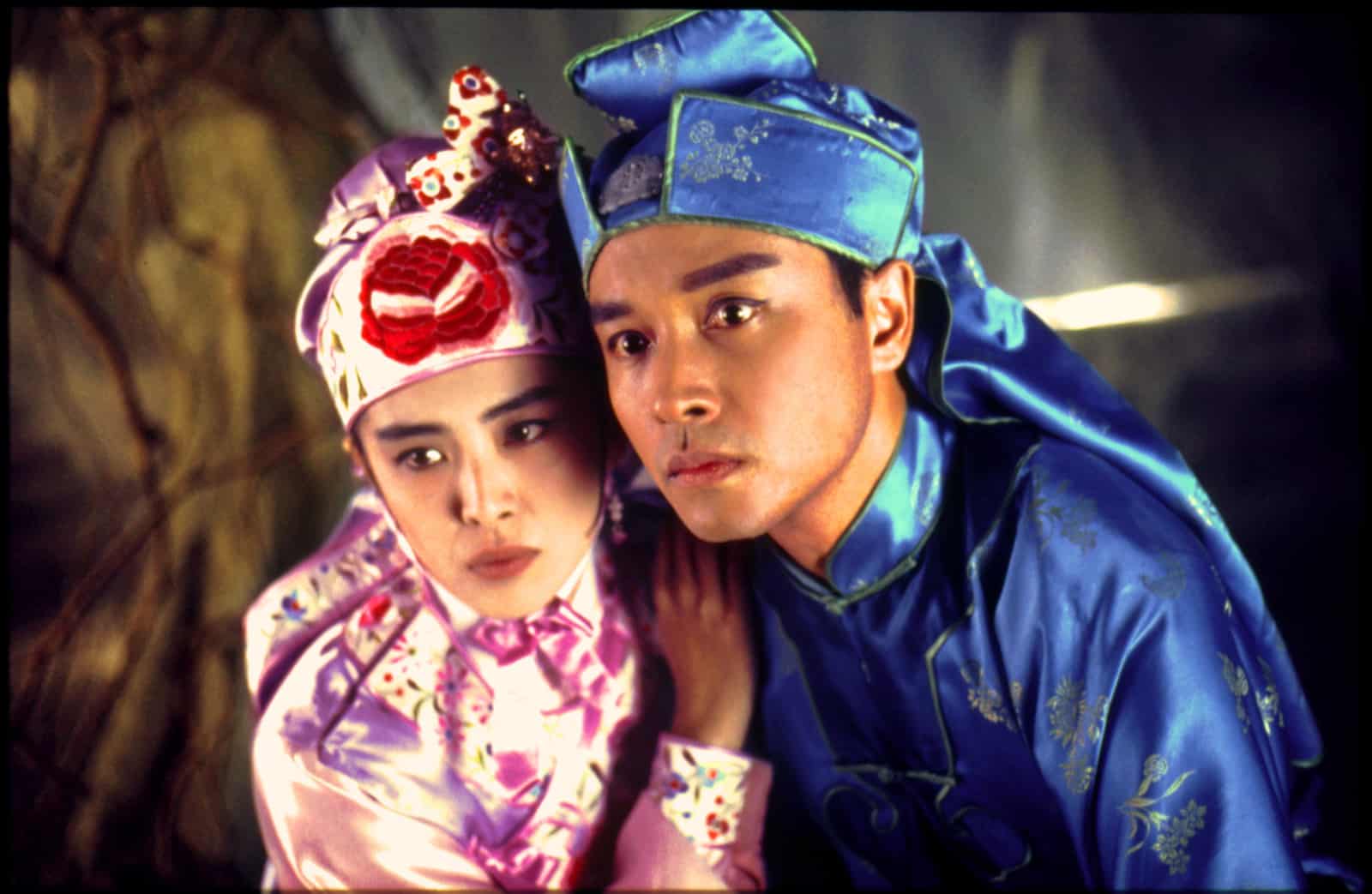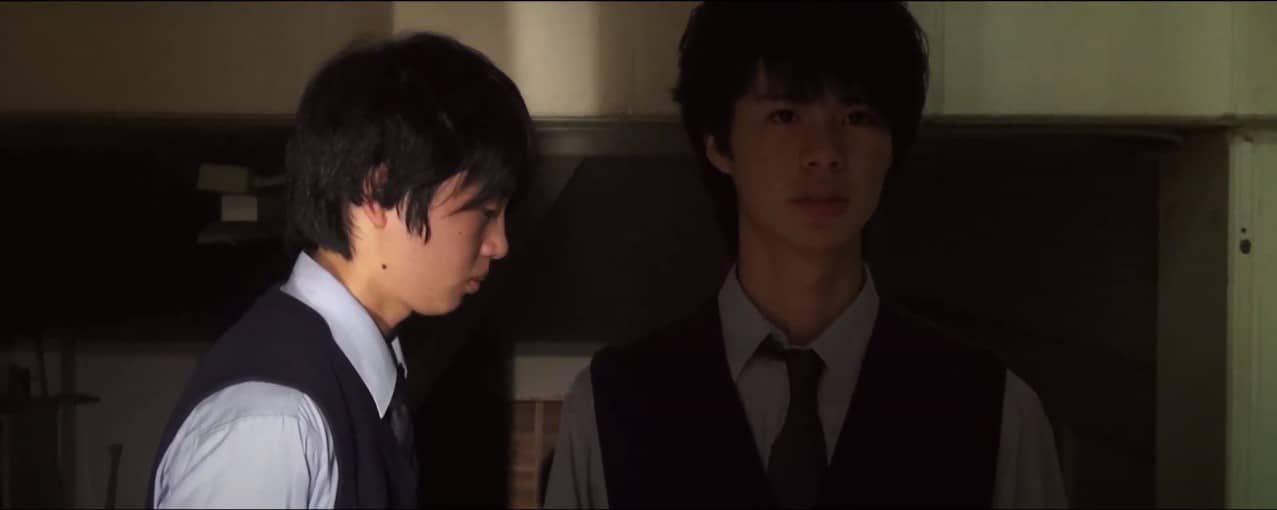“Kain and Mel's relationship has seen its share of tribulations, but each challenge has only made their bond stronger, leading at long last to the altar. But their wedded bliss is short-lived: The next day, Mel disappears without a word. Having no definite signs of foul play to rely on, the police are unwilling to pursue the case, but Kain knows Mel would never choose to walk out on their happiness—and FBI agent Luna Pittsburg agrees. Together, Kain and Luna set their sights on Joey Klein, a serial killer with a penchant for blue-eyed blonds. Whatever the cost, Kain is determined to be reunited with Mel and set their happily ever after back on course!” (Yen Press)
Originally serialized in the manga magazine Hana to Yume from 1995 to 1998, Marimo Ragawa's “New York, New York” proved its sincerity in tackling the issues of homophobia in New York in the '90s while weaving a convincing, yet complex love story in its inaugural release. Furthermore, Kain and Mel presented drastically different lives shaped by a struggle with identity that made them find love under severe turmoil all the more compelling and romantic. Undeniably, it was a strong introduction to the work of Ragawa and her ability to capture the atmosphere of 90's NYC, while weaving a mature LGBTQ+ series that, in many ways, feels ahead of its time.
Where the second volume deviates from the first is in focusing on a serial killer that shifts the tone of the work to more of a thriller than a romance. This focus, coupled with the book opening with Kain and Mel's wedding, makes the second volume feel like its own book and could, arguably, be read entirely exclusive of the inaugural volume. This may be slightly jarring, yet Marimo Ragawa showed in the first book a willingness to explore darker themes through dealing with Mel's troubled and abusive past. Still, the focus on the serial killer does introduce a degree of shock in both physical and sexual violence which was not as prevalent in the first volume. Ultimately, looking at the entire run of “New York, New York” the book is best suited for a mature audience and may be too much for those looking for lighter BL fare given the escalating violence.
Thankfully, the shifted focus does hamper the character's progression as a couple, and while the story has fewer elements of romance, the final chapters are truly gut-wrenching in the best sense. It is a lovely send-off that really encapsulates the strength of Kain and Mel not just in overcoming social prejudice but in their own humanity. The conclusion is best left unspoiled but the reader can take solace knowing Ragawa concludes “New York, New York” in a way that encapsulates what made the series so appealing in the first place, while pulling it back from the more intense chase of a serial killer that dominates the second omnibus.
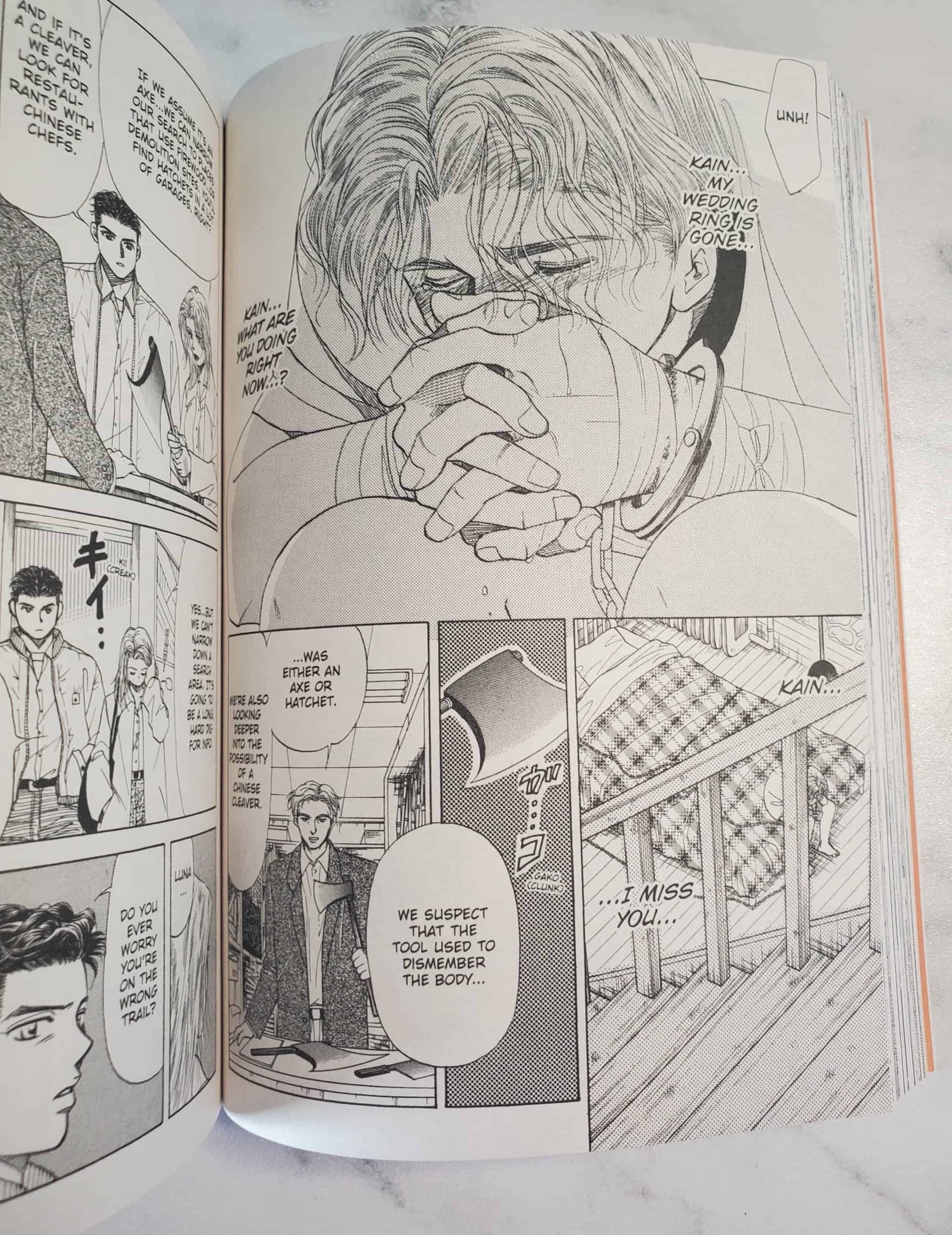
In switching up the pace and tone of the series, Marimo Ragawa does not lose her visual flair for capturing the emotions of her subjects, nor in conveying the cityscape and culture of New York. The book certainly feels well researched, and the mangaka's ability to capture the minor details won't go unappreciated. Presentation-wise, some additional color panels could have made the book pop, but the omnibus edition in a slightly larger format still pays compliments towards the original work. It is also appreciated that Yen Press took the steps to not censor the original and instead acknowledge that the time frame in which “New York, New York” takes place does include outdated and offensive terminology that was purposely used for authenticity.
There are certain themes explored in “New York, New York” that may make it difficult for some readers to approach. It is a challenging title that deals with physical and sexual violence, and bigotry. However, the best work always aims to challenge, and looking at the past with such honesty as the attitudes of society towards gay culture in the 90s is a reminder, as much as it is a celebration of how far we have come in embracing the gay community. Putting that aside, Ragawa's masterful crafting of the story/visuals and deviating into a more action-heavy plot in the second volume makes the book openly accessible to a broader audience–the reader does not need to approach this as an LGBTQ title to enjoy and celebrate the work.
Two volumes to collect the entire series is certainly worth it, especially for those manga fans who are always looking for titles aimed at a mature audience and deal with adult relationships.



